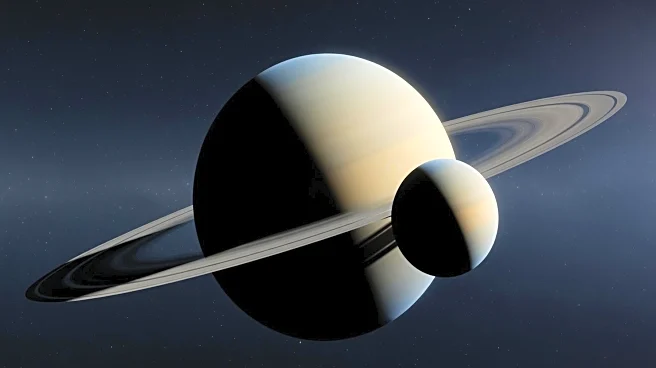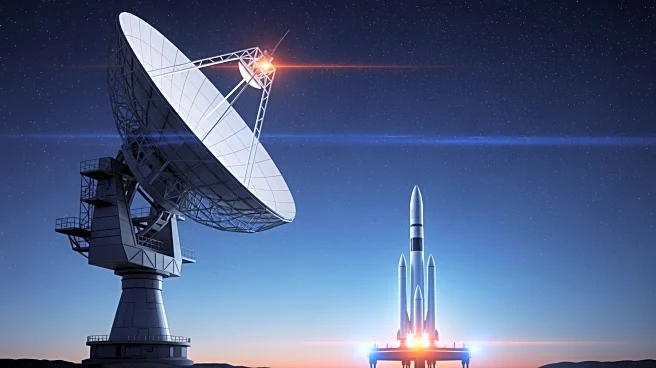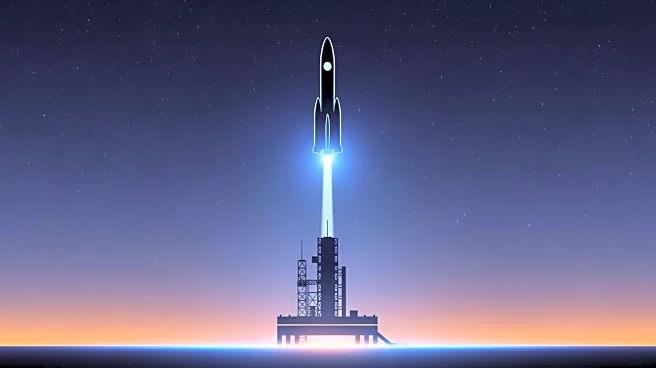What's Happening?
On November 22, Titan, one of Saturn's largest moons, will transit across the planet's disk, an event observable from the U.S. East Coast. The transit begins around 5 P.M. EST and concludes with Titan's
full departure from Saturn's limb by approximately 8:06 P.M. EST. During this time, several other Saturnian moons, including Rhea, Tethys, and Dione, will also be visible. Rhea will emerge from behind Saturn's eastern limb around 5:40 P.M. EST. A notable observational phenomenon will occur around 9:45 P.M. EST when Dione and Rhea appear to visually merge as they pass each other. Saturn will be prominently located in the southeastern sky, approximately 40 degrees above the horizon an hour after sunset.
Why It's Important?
This astronomical event provides a unique opportunity for observers in the U.S. to witness the transit of Titan across Saturn, enhancing public interest and engagement in astronomy. Such events can inspire educational activities and increase awareness of planetary movements and celestial phenomena. Observing these transits can also contribute to scientific understanding of Saturn's moons and their orbits, offering insights into the dynamics of the Saturnian system. The visibility of multiple moons during this transit adds to the richness of the observation experience, potentially encouraging amateur astronomers to participate and document the event.
What's Next?
Following this transit, observers can look forward to other celestial events, such as the opposition of Uranus, which offers another opportunity for skywatching. The continued observation of Saturn and its moons can lead to further discoveries and insights into their behavior and characteristics. Astronomical organizations may schedule public viewing events or provide resources for amateur astronomers to enhance their observation experiences. The data collected during such transits can be used for future research and educational purposes.













